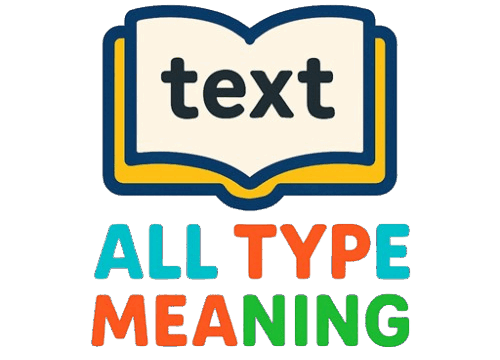The musical world has evolved in many ways, but some concepts have remained timeless. One such concept is Solfege, which is an essential tool for understanding and teaching music, particularly in singing and ear training.
In this article, we’ll dive into the Solfege meaning, its history, and its significance in music education. Whether you’re a beginner or an advanced musician, understanding Solfege can enhance your music theory knowledge and improve your musical abilities.
By the end of this article, you will have a clear understanding of Solfege meaning, how it’s used, and how to express the concept in different musical contexts.
What Does “Solfege Meaning” Mean?
Solfege meaning refers to a system used to teach sight-singing and pitch recognition, where each note in a scale is assigned a syllable. The traditional syllables are Do, Re, Mi, Fa, Sol, La, Ti, and Do (the octave), which help singers identify pitches in relation to each other. This system is widely used in music education to develop ear training and pitch accuracy.
It is also called solfeggio in some regions and has deep roots in classical music theory.
Example:
-
Teacher 1: “What’s the Solfege for this melody?”
-
Teacher 2: “It’s Do, Re, Mi, Fa, starting with Do as the root note.”
This method is commonly used when teaching choirs, music students, and in various musical genres for better pitch control.
When to Use “Solfege Meaning” in Conversations
The phrase “Solfege meaning” is often used in music education, especially in formal or semi-formal contexts such as music theory lessons, singing lessons, or vocal training. It’s also used in discussions about music history or pedagogical methods.
5 Polite, Professional, and Casual Alternatives to “Solfege Meaning”
While “Solfege meaning” is the formal way to explain the concept, there are several alternatives depending on the tone and setting. These alternatives range from formal expressions to more casual ways of describing the same idea.
Solfeggio System (Formal/Professional)
The solfeggio system refers to the complete framework of solfege syllables used in music education. This term is commonly used in professional music theory discussions or academic settings.
Example:
-
Professor 1: “We’ll study the solfeggio system in today’s lecture.”
-
Professor 2: “That will help you understand pitch relationships better.”
Pitch Syllables (Formal/Professional)
Pitch syllables refers to the specific sounds or names assigned to each note in a musical scale. This phrase is ideal for use in academic or teaching environments when focusing on the technical aspects of singing or music theory.
Example:
-
Music Instructor: “Let’s practice the pitch syllables for this piece before we start singing.”
Musical Scale Names (Neutral/Informal)
Musical scale names describe the notes of a scale and are often used in informal or neutral settings when talking about music or practicing scales.
Example:
-
Musician 1: “We use musical scale names like Do, Re, Mi to learn songs.”
-
Musician 2: “Right, it makes learning melodies easier.”
Singing Notes (Informal)
Singing notes is a more casual way of describing solfege in everyday conversations about learning to sing or practice melodies.
Example:
-
Friend 1: “How do you learn to sing scales?”
-
Friend 2: “By practicing the singing notes, like Do, Re, Mi.”
Note Names (Informal)
Note names can be used in casual discussions about music when referring to the system of assigning syllables to notes for easier identification and memorization.
Example:
-
Person 1: “What are the note names for this scale?”
-
Person 2: “They’re Do, Re, Mi, Fa, Sol, La, Ti.”
Want to know about POV meaning? Check out our full guide at All Type Meaning.
Conclusion
Solfege meaning might seem like a specific term, but it’s an essential part of music education and practice. Understanding solfege can significantly improve your ability to read music, sing accurately, and comprehend musical theory.
Whether you’re a student, teacher, or just an enthusiast, knowing how and when to use alternatives to “Solfege meaning” allows you to communicate more effectively with others in the musical community.
By selecting the appropriate expression for different settings, you can better convey the importance of solfege and enhance your musical journey.

